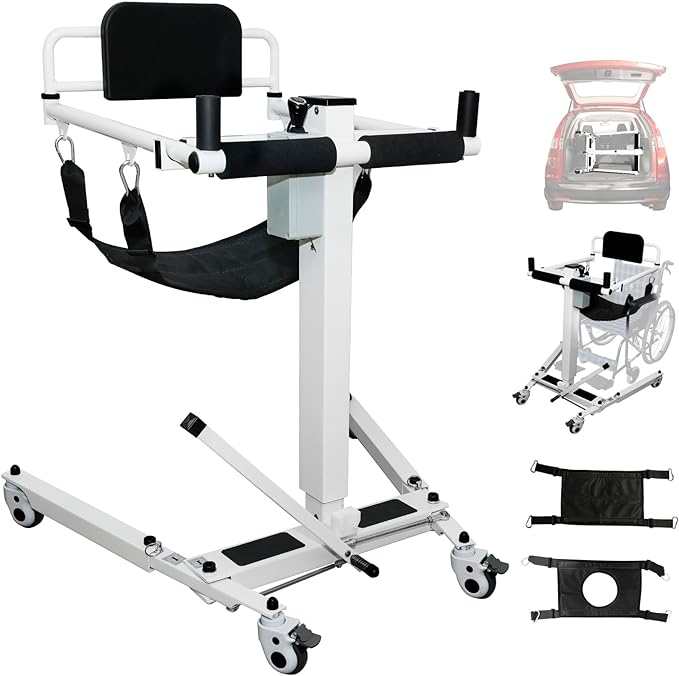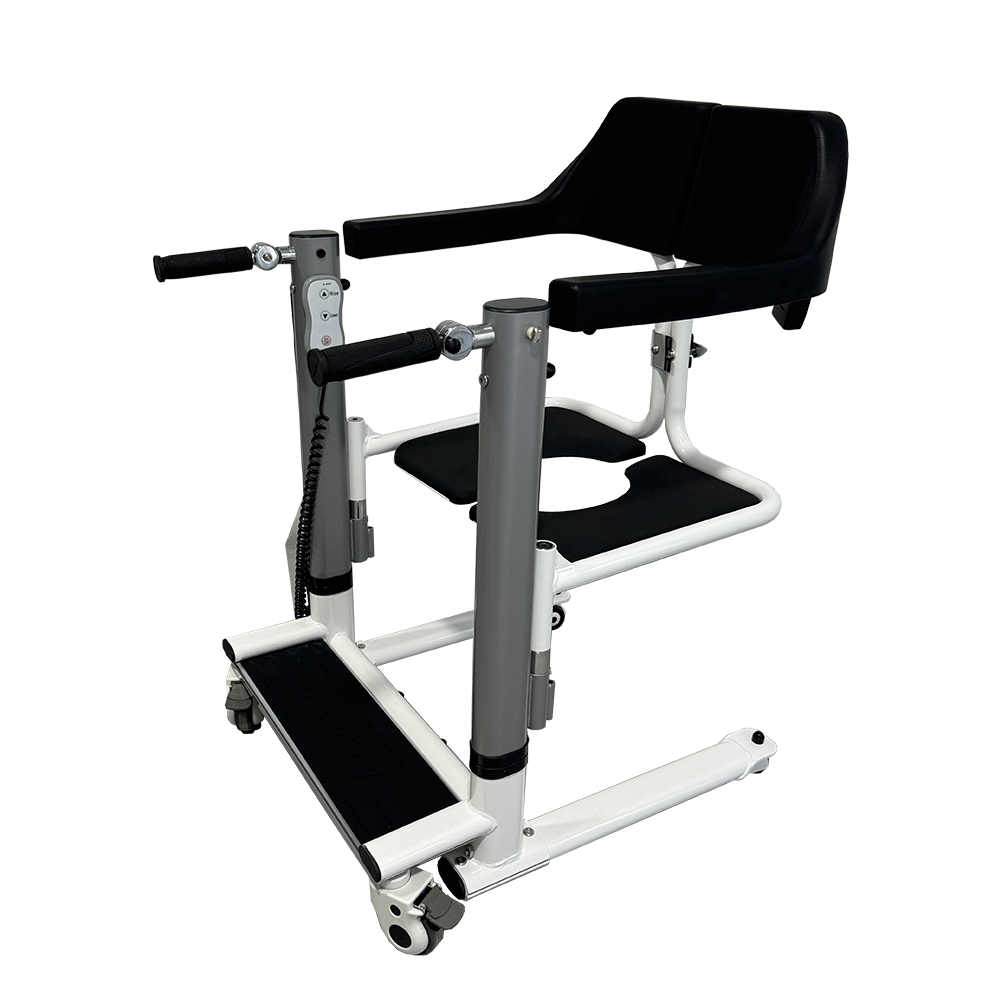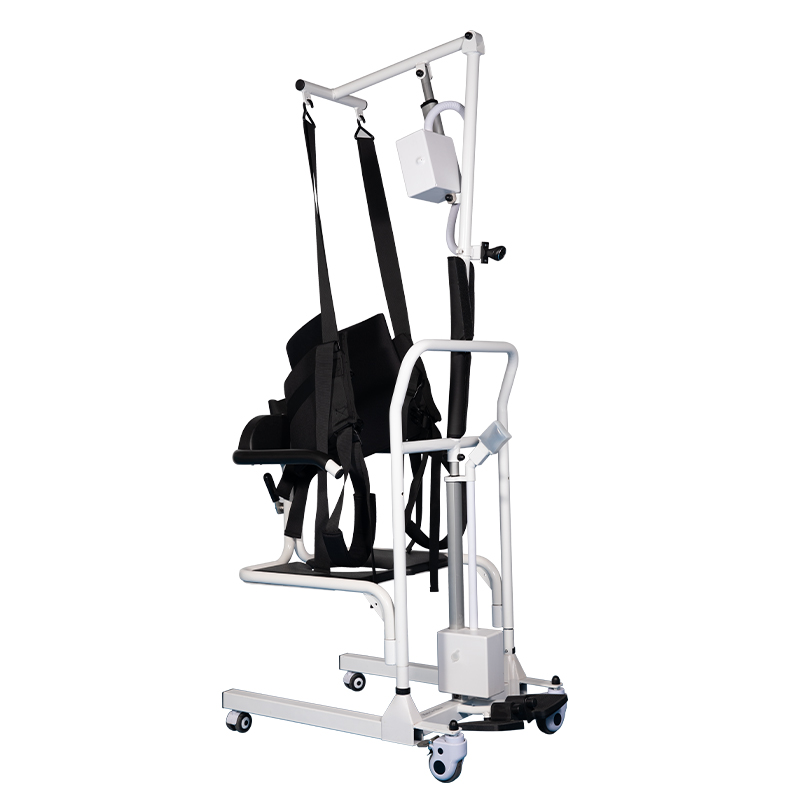Water-Resistant Engineering Your Shower Transfer Chair Should Have
When procurement managers evaluate shower transfer chairs, one requirement consistently stands out as non-negotiable: water resistance. In healthcare and elderly care environments, equipment used in wet areas faces continuous exposure to moisture, cleaning agents, and temperature fluctuations. A chair that is not properly engineered for such conditions will deteriorate quickly, posing risks to both patients and caregivers. As a result, buyers frequently ask how long a transfer chair can withstand daily water contact and repeated cleaning cycles.

To meet these expectations, Xiang Fa Li adopts a comprehensive waterproof engineering approach. We utilize high-quality waterproof bearings that maintain smooth rolling performance even after prolonged exposure to water. Traditional bearings may rust or seize, but ours are specifically selected for moisture-heavy applications. All fasteners—such as screws, nuts, and joints—are made from rust-proof stainless steel or coated with corrosion-resistant finishes. This ensures that structural integrity remains stable over years of use. Meanwhile, our seat and backrest feature drainage-friendly designs that prevent water from pooling. When water drains quickly and efficiently, the risk of mold, bacteria, and unpleasant odors is significantly reduced.
Ease of cleaning is another decisive factor for a patient transfer chair used in shower environments. Infection control teams require equipment with surfaces that resist bacteria growth and can be sanitized quickly between users. Our seamless seat structure eliminates gaps where moisture or dirt could accumulate. The smooth edges allow caregivers to wipe down the chair more efficiently, reducing cleaning time while improving hygiene standards. Additionally, our anti-bacterial surface coating offers long-lasting protection, making the chair ideal for hospitals, rehabilitation centers, and assisted living facilities where hygiene is closely monitored.
Although manual shower transfer chairs are common, many procurement managers are now showing interest in electric transfer chair models for wet areas. Electrically assisted lifting reduces caregiver strain and improves patient comfort. For these users, we offer IP-rated waterproof actuators and fully sealed electrical components. These parts undergo strict water immersion and spray testing to ensure they continue functioning even in high-humidity or splash-prone environments. The sealed control panels are designed to remain responsive without compromising safety.
Stability is equally important when choosing a lift transfer chair for bathroom zones. Wet floors naturally increase the risk of slipping, so engineering for stability must be more robust than standard indoor models. Xiang Fa Li uses wide wheelbases that distribute weight more evenly and reduce the chance of tipping. Our chairs also include advanced wheel-locking mechanisms that enhance grip on slippery flooring, providing both patients and caregivers with greater confidence during transfers. This combination of stability features helps prevent accidents and ensures smooth mobility in challenging environments.
Ultimately, water resistance is not an optional feature—it is a fundamental requirement that directly affects safety, durability, and long-term performance. A well-engineered shower transfer chair protects against corrosion, maintains structural strength, and upholds strict hygiene standards even after years of continuous use. For procurement managers, choosing a chair with proven water-resistant engineering is an investment in patient safety, caregiver efficiency, and facility reliability.




